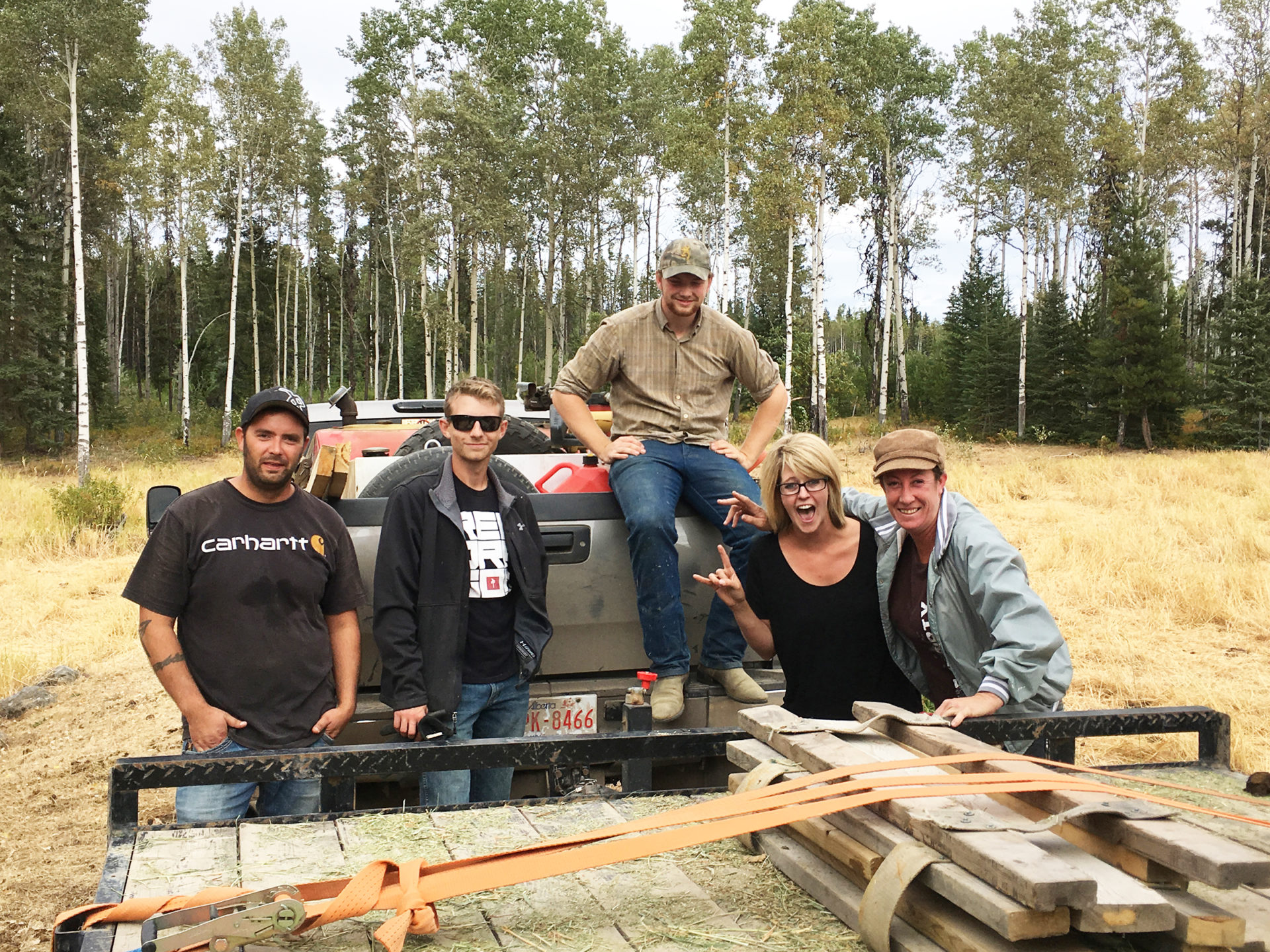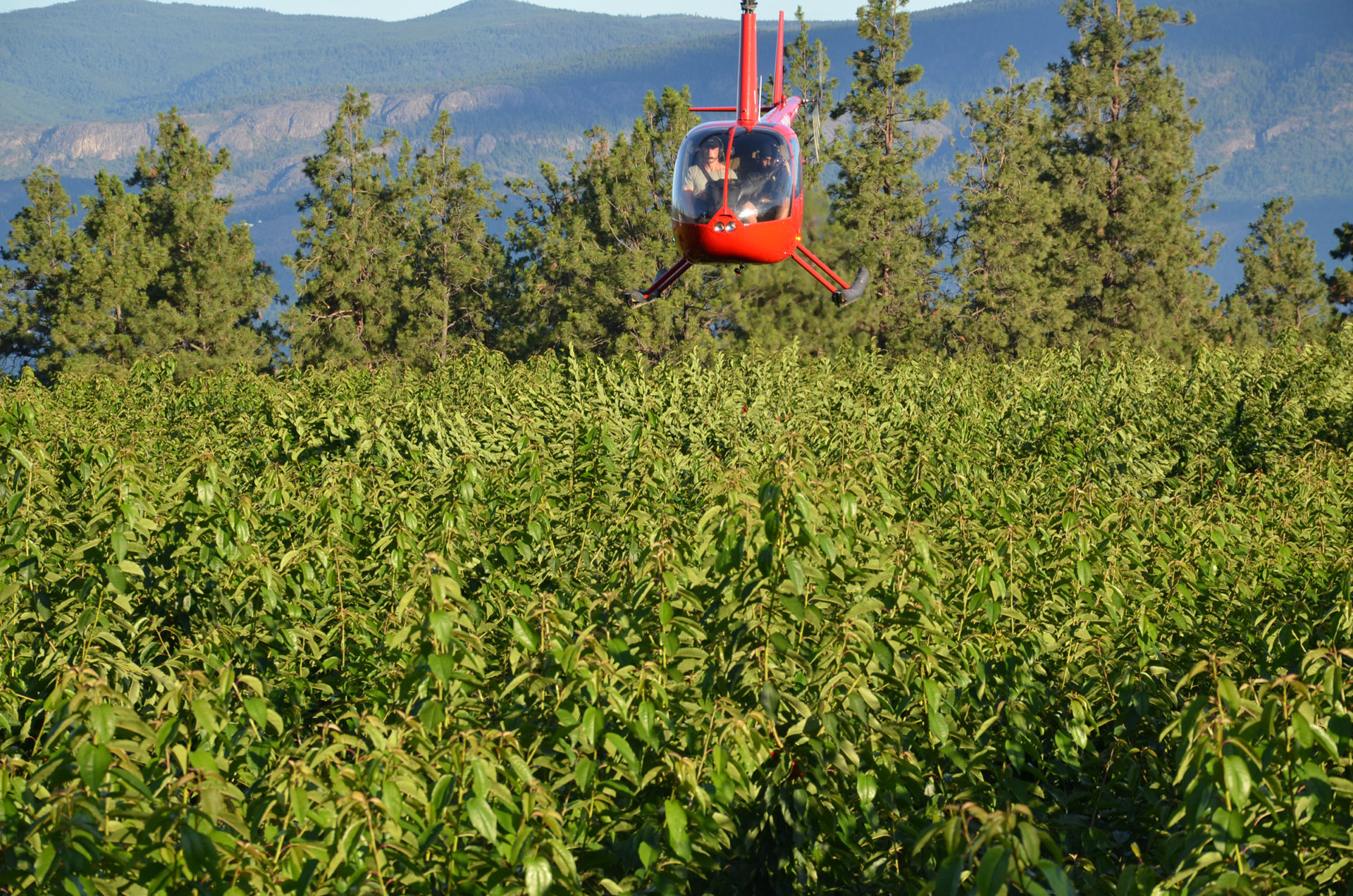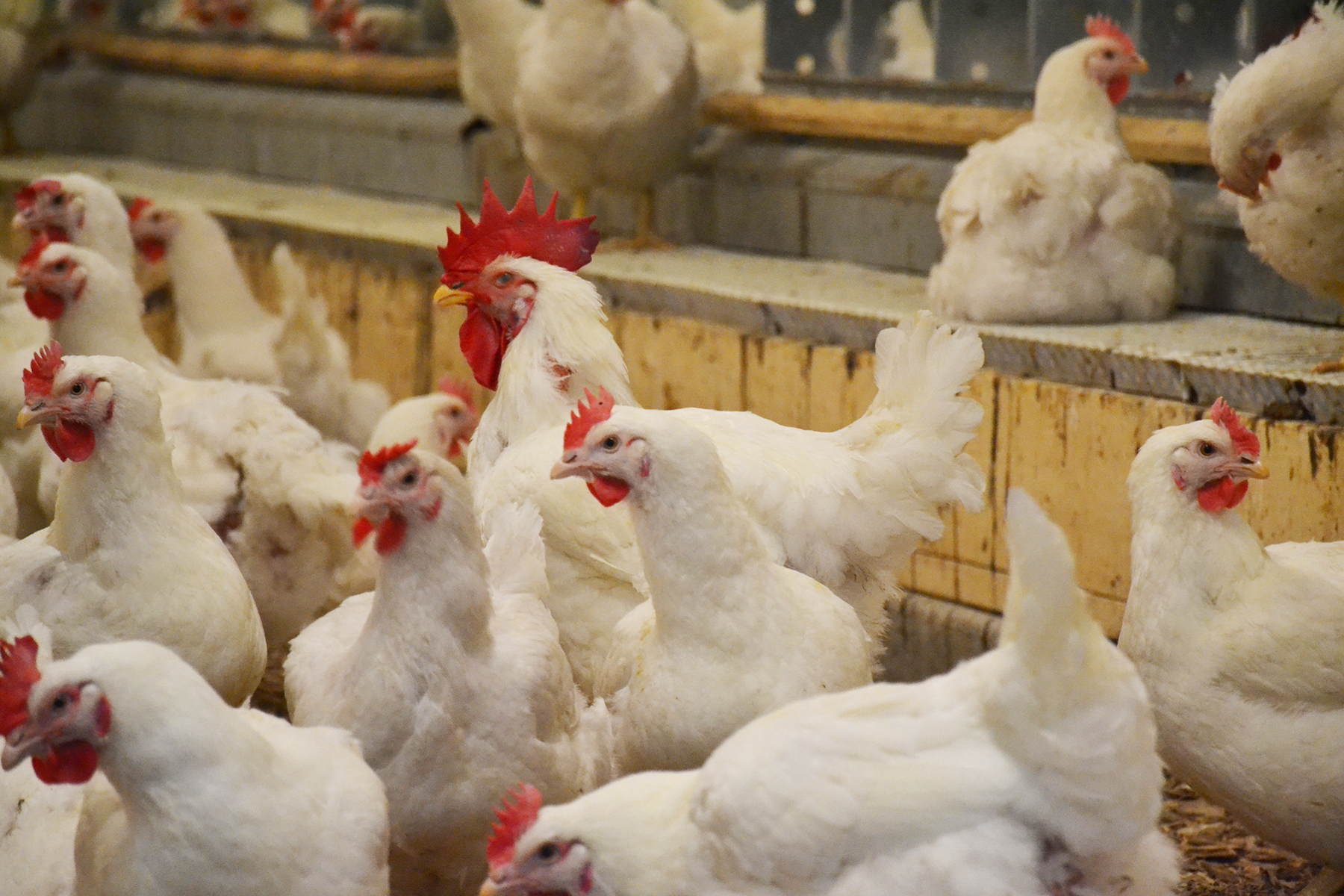SMITHERS – As wildfires in BC’s Central Interior seared the land and sent homesteaders, farmers and ranchers scrambling to evacuate animals, their neighbours to the northwest sprang into action.
It didn’t take long for rural residents in the Bulkley Valley to open their pastures to anyone who needed it to house livestock or provide much-needed hay and grain to animals displaced by the fires.
The events also proved that many were unprepared for the ferocity of what is now the worst wildfire season in BC history.
With that in mind, many rural residents are now facing the grim prospect that intense wildfires are a fact of life and preparations for next season have already begun. Soon after the first evacuation notices went out near François Lake and Fraser Lake, the Northwest Forest Fire Support Network (NWFFSN) launched to support those displaced by the fires and tend to evacuated livestock.
“I remember watching the forest fire scene in the Bambi movie as a kid and wondering ‘what are the animals behind the fences going to do?’ said Deanna Bell, a Houston resident who grew up on a farm. “So a group of us got together to see what we could do to help. We started a Facebook page and a GoFundMe account and ended up on Global News and a bunch of newspapers and have already paid out nearly $25,000. Every cent of that money has gone towards the animals, or towards the feed or people hauling feed.”
Bell says they are trying to help as many people as possible and have already organized dozens of shipments of feed and found temporary housing for animals from as far away as Telegraph Creek. Although they’ve been successful in helping locate and provide animal feed and hay for several weeks, the challenge now is equipping farmers and ranchers for the winter. It’s not an easy task.
“People’s fences are burnt, their pasture is burnt, their hay is burnt; I asked one lady, who’s got 30 horses, what they will need for hay for the winter,” Bell said. “She needs 210 bales of hay at 1,200 pounds a piece. If you do the math, that’s $18,900. That’s for one producer.”
Although Bell says it’s going to be tough to ensure every farm and ranch has what they need to take care of their animals over the winter, she and other members of the NWFFSN are prepared to help.
In communities like Houston, Hazelton and Smithers, people are pulling together to relocate animals, load trailers full of hay headed east and
co-ordinate with the Regional District of Bulkley-Nechako to ensure those who need support get it.
The aggressiveness of the 2018 wildfire season has alarmed many in the region.
About 200 kilometres west of Burns Lake in the Bulkley Valley, where smoke lingered for a few days but never experienced the brunt of the fires, many ranchers and farmers are worried about the years to come and wonder how they will protect their lands after hearing about the devastation just a couple hundred kilometres away.
“With the fires this summer, everyone in rural areas is really spooked,” said Monty Bassett, a former rancher near Smithers. “Because we are in between municipalities and so spread out, it’s a low priority for the government. So we came up with the idea of starting some kind of fire response unit.”
Bassett and about 20 other ranchers and farmers outside Smithers in Driftwood, are holding meetings in preparation for how they’ll work together to develop an effective first-response unit to ensure if fires do make it to the Bulkley Valley, they don’t get out of control before the BC Wildfire Service can respond.
Equipment and access to resources like training, hoses and water pumps are just some of the plans they hope to bring up once they meet with government officials later this fall. One idea that seems to be gaining traction with the community is utilizing an old water tanker as a would-be fire truck to put out potential brush fires before they become a major problem.
“When you have these monster fires and they can send ash kilometres away, I think it’s time we start protecting ourselves,” said Bassett. “Years ago, there was a barn fire and a bunch of us ran to put it out. After the fire we thought the community should have a centralized fire truck. I think it’s time to revitalize that idea, as we’re all assuming these wildfires will just continue.”


 Right to Farm Act review cancelled
Right to Farm Act review cancelled